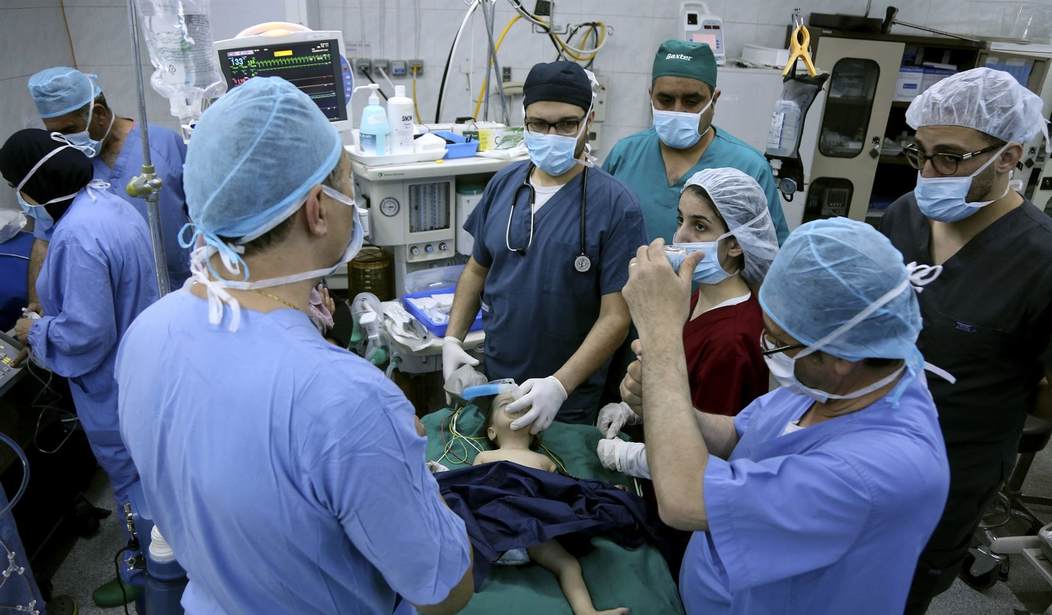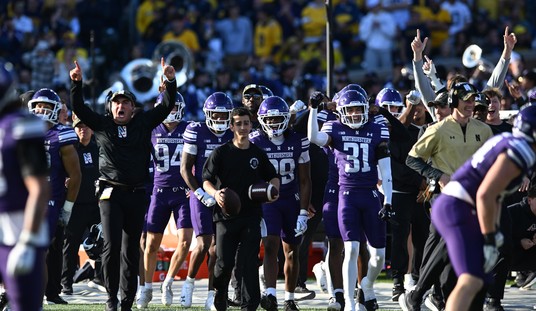Most of the legacy media is still throwing a hissy fit over the Supreme Court’s ruling striking down affirmative action in college admissions, but that doesn’t mean that they’ve given up on finding new avenues to try to drive the debate back in the other direction. This week, the AP elected to dive deeply into one of the most specific subsets of the educational and professional fields they could find to identify the “harm” caused by any weakening of affirmative action. They settled on the field of medicine and admission to medical school. But not just for any medical students. Dermatology students. And even that wasn’t far enough down to drill because we apparently still have plenty of dermatologists. So the focus is on Black dermatology students. They tell the story of a young Black woman who is finishing up medical school and ready to become a dermatologist, but they worry that without affirmative action there will be too few like her. Right in the title of the article, the tone is set. “Patients need doctors who look like them. Can medicine diversify without affirmative action?”
More than two months after the Supreme Court struck down affirmative action in college admissions, concerns have arisen that a path into medicine may become much harder for students of color. Heightening the alarm: the medical field’s reckoning with longstanding health inequities.
Black Americans represent 13% of the U.S. population, yet just 6% of U.S. physicians are Black. Increasing representation among doctors is one solution experts believe could help disrupt health inequities.
The disparities stretch from birth to death, often beginning before Black babies take their first breath, a recent Associated Press series showed. Over and over, patients said their concerns were brushed aside or ignored, in part because of unchecked bias and racism within the medical system and a lack of representative care.
I’ll leave you to read the article for yourself to get the general theme that’s being pushed, and at least some of the statistics they point to can’t be argued with. While I disagree with the premise that “patients need doctors who look like them,” (mine looks nothing like me) it’s true that Black people are underrepresented in the medical field as compared to their percentage of the general population. As noted in the excerpt above, Black Americans make up roughly 13% of the population but only 6% of doctors are Black. They chose to focus on dermatology because just 2% of dermatologists are Black for some reason. This means that a disproportionately smaller number of Black youths are applying to, being accepted to, and graduating from medical schools, and then going on to practice medicine.
Fair enough. I will fully agree that students from economically challenged areas with poor schools are far less likely to receive the type of education required to be accepted to some of the better pre-med colleges that will land them in a good medical school. And unfortunately, those students are all too frequently found in majority-minority communities. Also, at the risk of generalizing, many of the parents in those neighborhoods are probably less likely to have someone willing to write a letter of recommendation from a legacy Ivy League graduate or powerful political figure. Hence the racial gap.
So we’ve identified a problem. So what do we do about it? According to the AP, affirmative action is the answer. But that treats this as nothing more than a math problem. There are an insufficient number of Black students graduating from medical school, so have the government do something to artificially increase the number of Black students entering. This is totally wrong-headed. To keep our analogies in a medical theme fitting this topic, if you have an injury, you can apply a bandaid to it without an antiseptic or you can begin a long-term health plan designed to not only heal but improve overall health and quality of life going forward. Affirmative action is the bandaid. The other way is harder. To address the situation over the long run, I will start with one argument that was frequently heard during the affirmative action debate and an old joke that’s grown long in the tooth.
As many argued during this debate, you might not be all that concerned about the background of the person who is about to put a new muffler on your car or install new curtain rods. But if you have a brain tumor and you’re going in for life-or-death surgery and you did some checking and found that your surgeon only got into medical school because of a waiver, might you have second thoughts? Then there is the groan-inducing joke.
Q: What do you call a person who finished dead last in their class at medical school?
A: Doctor
Unlike the AP’s diagnosis, the problem isn’t that there aren’t enough Black students getting into medical school. It’s that we need to understand why too few of them are making the cut (figuratively and literally) and address those root causes. Invest in better schools and much better teachers in minority communities. And actually put the money toward the welfare of the students and not the teachers’ unions. Offer counseling geared toward course selection, tutoring, and everything else that will give children interested in such a career path a leg up. Reduce crime so it’s safe for the children to actually get to school. Create better-paying jobs in those communities with good benefits so the parents can actually afford to send them to the right colleges. In short, give them the same chance that children in other safer (and yes, typically whiter) communities have to make it on their own rather than writing them a note excusing them from having to make the grade based solely on the melanin content of their skin.
If we have some candidates, no matter the party, who are willing to bring forward workable plans to make things like that happen, I would wager that people would vote for them in droves from across demographic and party lines. Of course, that’s a lot of work we’re talking about and the usual swamp creatures in Washington are adverse to that. They too generally prefer bandaids and platitudes. We can and must do better.







Join the conversation as a VIP Member